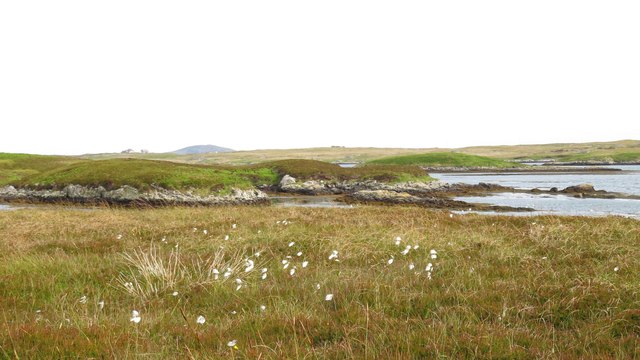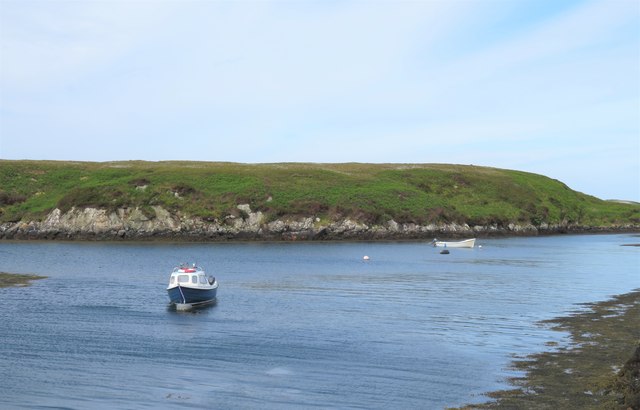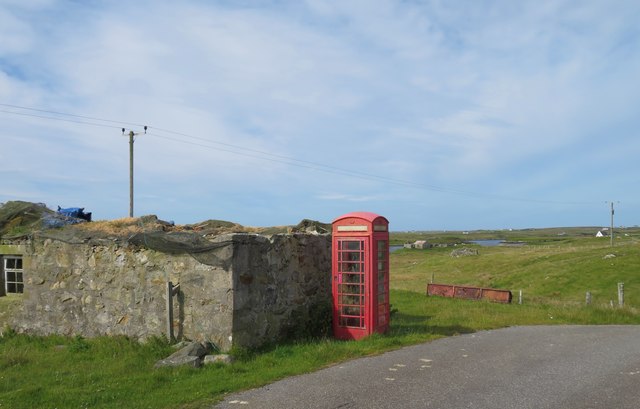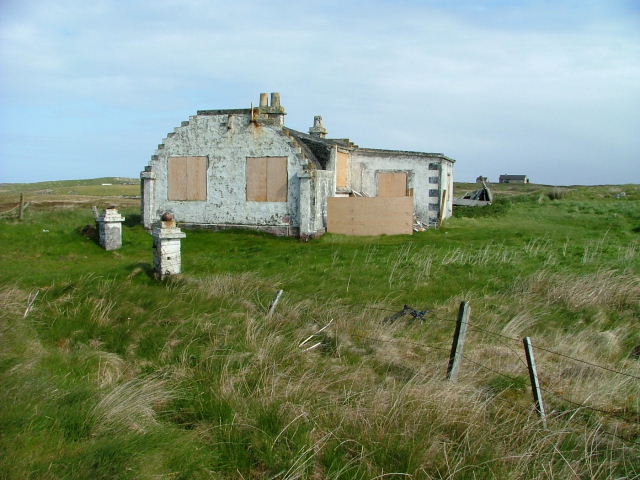Cleit nan Laogh
Island in Inverness-shire
Scotland
Cleit nan Laogh
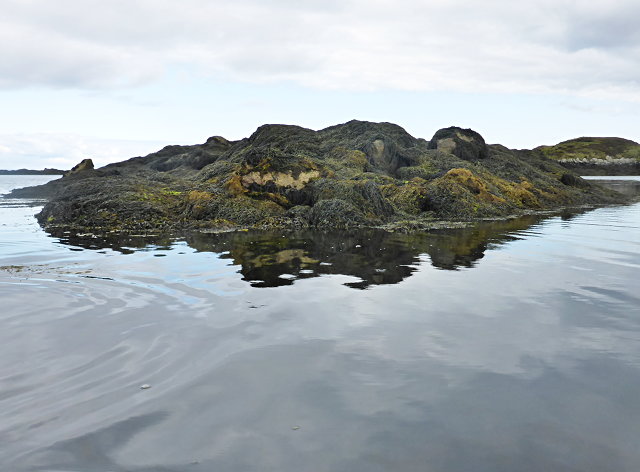
Cleit nan Laogh is a small uninhabited island located off the coast of Inverness-shire in the Scottish Highlands. Situated in the Inner Hebrides, it is part of the archipelago known as the Small Isles. The island has a total area of approximately 4 hectares and is characterized by its rugged and rocky terrain.
Cleit nan Laogh is predominantly made up of steep cliffs, rising up to 60 meters in height, providing nesting sites for a variety of seabirds such as puffins, guillemots, and razorbills. The island is also home to a number of grey seals, which can often be seen basking on the rocky shores.
The island's name, Cleit nan Laogh, translates to "rock of the calves" in Gaelic, reflecting its historical use as a grazing ground for livestock. Evidence of past human activity can be found in the form of ruined stone structures, believed to be the remains of dwellings or shelters used by shepherds.
Due to its remote location and lack of facilities, Cleit nan Laogh is not easily accessible to visitors. However, it is occasionally visited by wildlife enthusiasts and birdwatchers who are drawn to the island's rich biodiversity. The surrounding waters are also popular among divers, who are attracted by the abundance of marine life and underwater caves.
Cleit nan Laogh serves as a reminder of the untamed beauty of the Scottish Highlands, offering a glimpse into the region's natural and cultural history.
If you have any feedback on the listing, please let us know in the comments section below.
Cleit nan Laogh Images
Images are sourced within 2km of 57.400632/-7.2383946 or Grid Reference NF8546. Thanks to Geograph Open Source API. All images are credited.
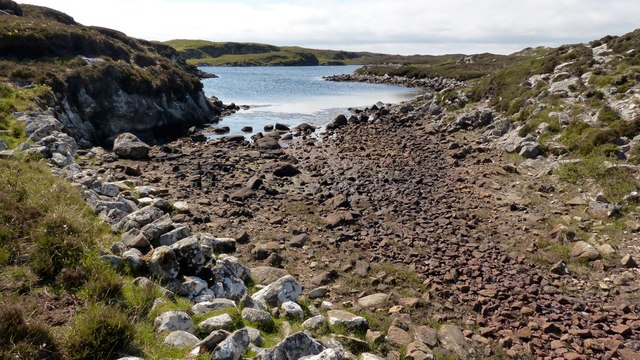
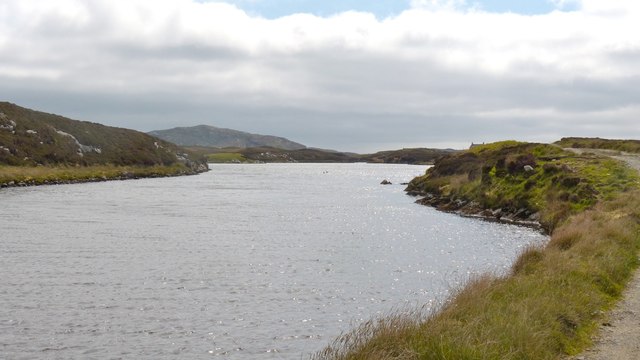
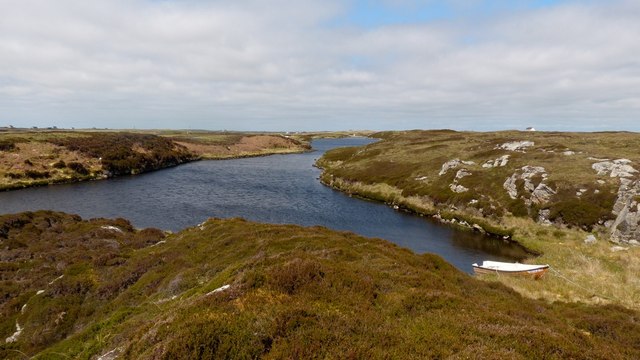
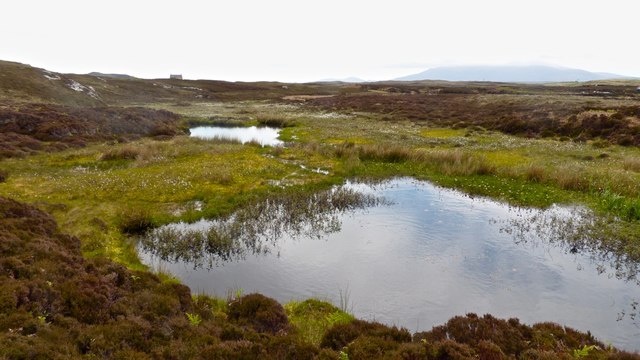
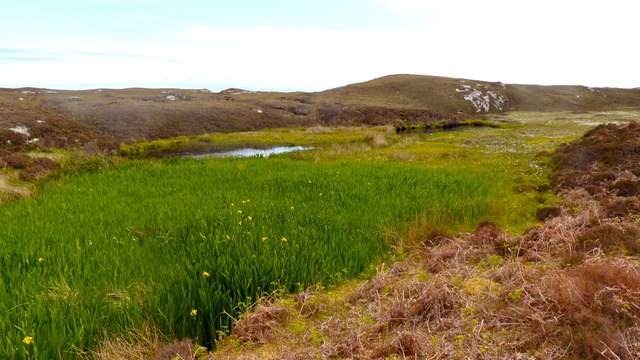
Cleit nan Laogh is located at Grid Ref: NF8546 (Lat: 57.400632, Lng: -7.2383946)
Unitary Authority: Na h-Eileanan an Iar
Police Authority: Highlands and Islands
What 3 Words
///banter.crafts.pots. Near Balivanich, Na h-Eileanan Siar
Nearby Locations
Related Wikis
Eilean na Cille
Eilean na Cille, south east of Benbecula is an island of the Outer Hebrides connected to Grimsay (South) by a causeway which carries the B891. The road...
Eileanan Chearabhaigh
Eileanan Chearabhaigh is a collection of small uninhabited tidal islands off the south east coast of Benbecula in the Outer Hebrides of Scotland. The English...
Wiay, Outer Hebrides
Wiay (Scottish Gaelic: Bhuia or Fuidheigh) is an uninhabited island in the Outer Hebrides. It lies south-east of Benbecula and measures approximately...
Grimsay (South East Benbecula)
Grimsay, south east of Benbecula is a tidal island of the Outer Hebrides. It is connected to Benbecula by a causeway which carries the B891. In the 2001...
Have you been to Cleit nan Laogh?
Leave your review of Cleit nan Laogh below (or comments, questions and feedback).
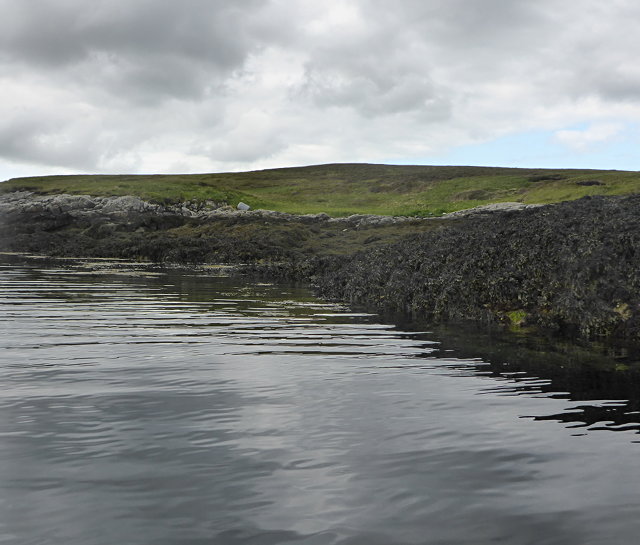
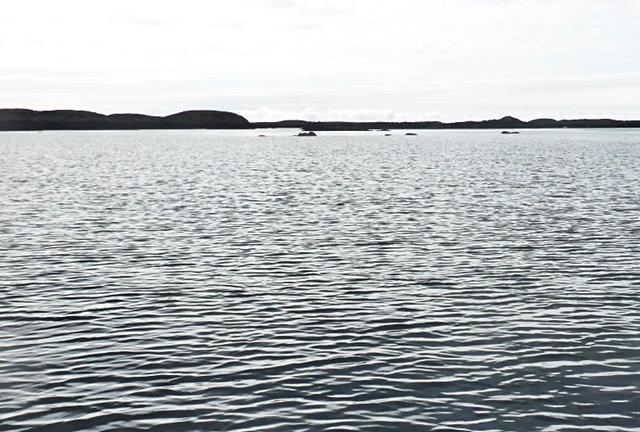
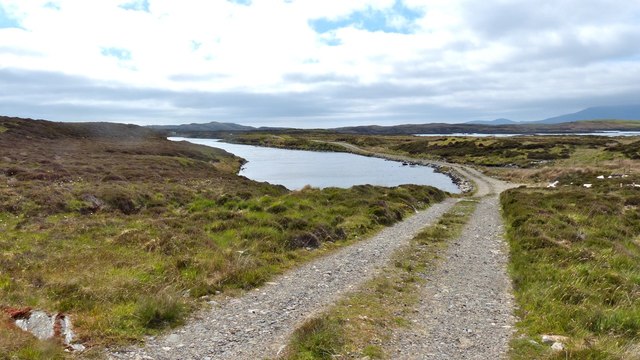
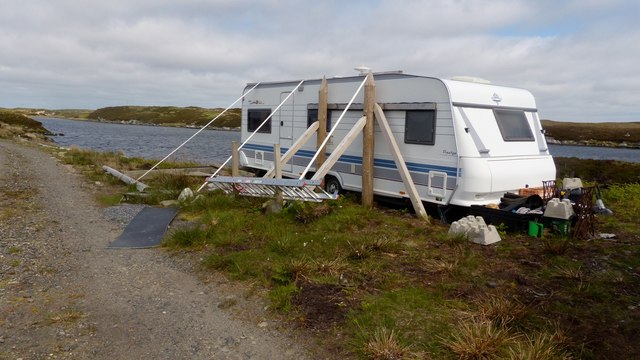
![Causeway by Loch Chill Eireabhaigh Compare with this similar view in 2008 [<a title="https://www.geograph.org.uk/photo/855856" href="https://www.geograph.org.uk/photo/855856">Link</a>].](https://s2.geograph.org.uk/geophotos/05/13/98/5139838_d0908f0c.jpg)
